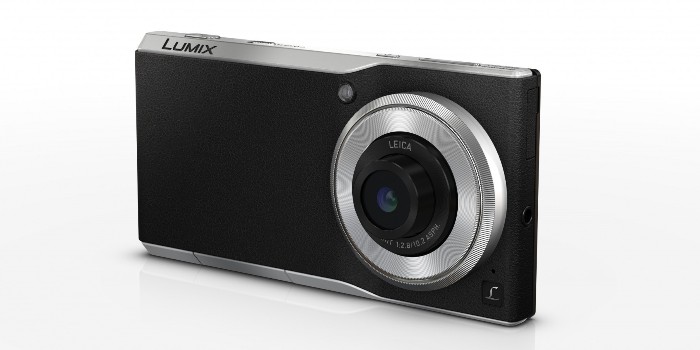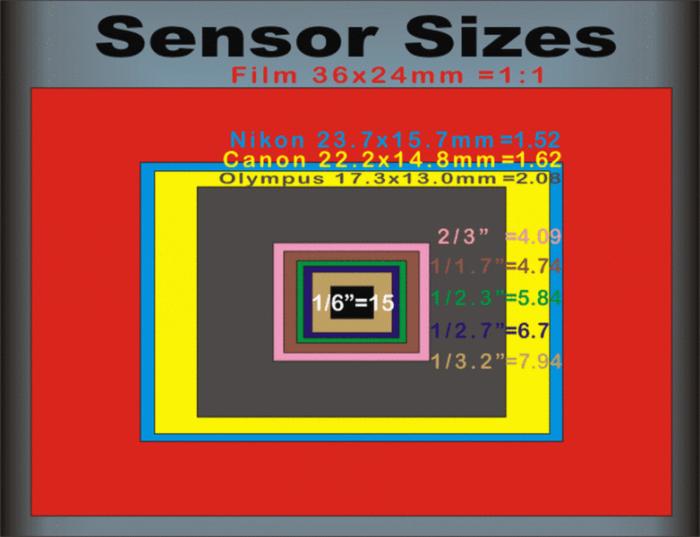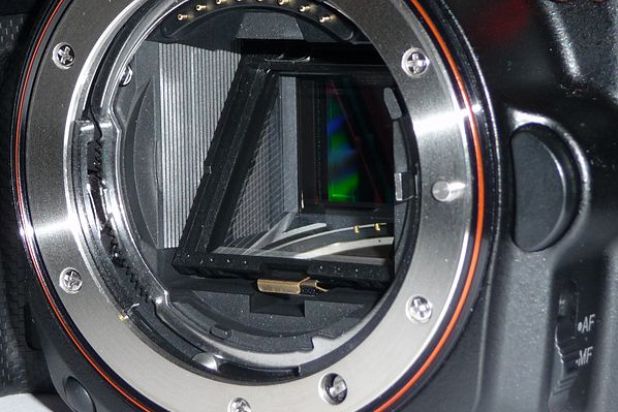Panasonic Puts a 1″ Camera Sensor in a Smartphone: Makes Sense?
In a surprising move, Panasonic, one of Japan’s largest electronics producers, announced the unexpected. Finally, one company realized how the high resolution or megapixel wars for smartphone cameras is no longer making sense. This week, Panasonic outed the Lumix DMC-CM1, the first ever smartphone to have a 1” camera sensor.
Big 1” Deal
For the uninitiated who may be wondering why it is a big deal having that 1” sensor, it’s important to be aware of the prevailing standards when it comes to cameras on smartphones. So far, the biggest camera sensor ever used in a smartphone is a 1/1.2” sensor used in the Nokia Pureview 808. Other smartphones commonly use 1/3.0” and 1/3.2” sensors. There are some that use 1/1.5” and 1/2.3” ones but they are not that common.
The most notable cameras in the market now don’t come close to the 1” breakthrough Panasonic is introducing. Samsung’s Galaxy K (Zoom 2) comes with a 1/2.3” sensor despite the bulky appearance and a body that looks more like a digital camera than a smartphone. Even the Samsung Galaxy Camera has stayed at 1/2.3”.
Obviously, sensor size matters. The bigger sensor is always better. While some smartphones deliver better results than others because of their better software, the hardware aspect (sensor and lenses) is still more important. Software can be replaced; something that can’t be easily done with the hardware. Larger sensors produce better image quality. Additionally, larger sensors are better at isolating a subject in focus, creating the bokeh effect associated with DSLRs. Doubtlessly, bigger sensors are always better when it comes to image quality. There’s a reason why professional cameras are as big and bulky as they are.
The Lumix Smart Camera
Specs – Panasonic’s Lumix DMC-CM1 smartphone is full-fledged smartphone as it is a full-fledged camera. It comes with the best of both, hardware-wise. It packs a Qualcomm MSM897 4AB Snapdragon 801 chipset similar to the one used in the Galaxy, Xperia, HTC One, and LG G flagship devices. The CPU is a quad-core 2.3 GHz Krait 400 while the GPU is an Adreno 330. The display a 4.7” multi-touch capacitive touchscreen with a full HD (1080×1920 px) resolution or a pixel density of 469 ppi. It has 2GB of RAM and 16GB storage. It is a 4G/LTE device supporting speeds of up to 150 Mbps. Additionally, it comes with almost all of the sensors and radios a typical high end smartphone carries, from Bluetooth to Wi-Fi, NFC, accelerometer, and proximity sensor. The device runs on Android OS v4.4.2—KitKat, but not the latest version.
The Camera – Again, this smartphone packs the biggest camera sensor to date. It is a 1” camera sensor with a 20MP resolution. This sensor is similar to the one used in critically acclaimed Sony RX100, the camera hailed by Time magazine as one of the best inventions of 2012. It is approximately seven times bigger than the 1/3” sensors used in most smartphones. Additionally, the large sensor is complemented by an F2.8 Leica lens with an equivalent focal length of 28mm. Even better, this camera offers comprehensive controls. Focus, shutter speed, aperture, ISO, and white balance can be manually controlled in a notably camera-like manner. The camera is also capable of recording 4K video and produces RAW images. If there’s anything that can be called disappointing in the smartphone’s camera, perhaps it’s the 1.1MP front-facing camera. Most others already have at least 2MP while others even go for the 5MP level.
Dimensions – The Lumix DMC-CM1, however, is nowhere near as comfortable to use as a smartphone because of its dimensions. It’s more than three times as thick as the Apple’s iPhone 6 at 21.1 mm. It has a length of 135.4 mm and a width of 68 mm. Moreover, the device weighs around a fifth of a kilogram. That’s 204 grams or 7.20 oz.
Why It’s a Good Introduction
Obviously, this smartphone or cameraphone is one bulky piece of technology. It’s thick and big. It’s heavy and handling it would be expectedly less comfortable and not as easy as compared to even bigger smartphones like the Galaxy Note 4. However, what you get is something with an imaging capability that rivals the widely praised RX100 high quality compact camera of Sony. For now, the device looks odd. It appears more like a compact camera than a smartphone. Bear in mind, though, that Samsung Galaxy S4 Zoom, used to look just as bulky and peculiar. In its next iteration, it has become slimmer while packing a bigger battery and more powerful internals.
Devices will surely evolve eventually. It’s a good thing that Panasonic decided to start putting a bigger camera sensor in a smartphone. Hopefully, it sparks innovation and encourages attempts by the engineers of other device manufacturers to produce their respective versions that are more compact and more convenient to carry and use.
Check out this promo video of the Panasonic Lumix DMC-CM1.


